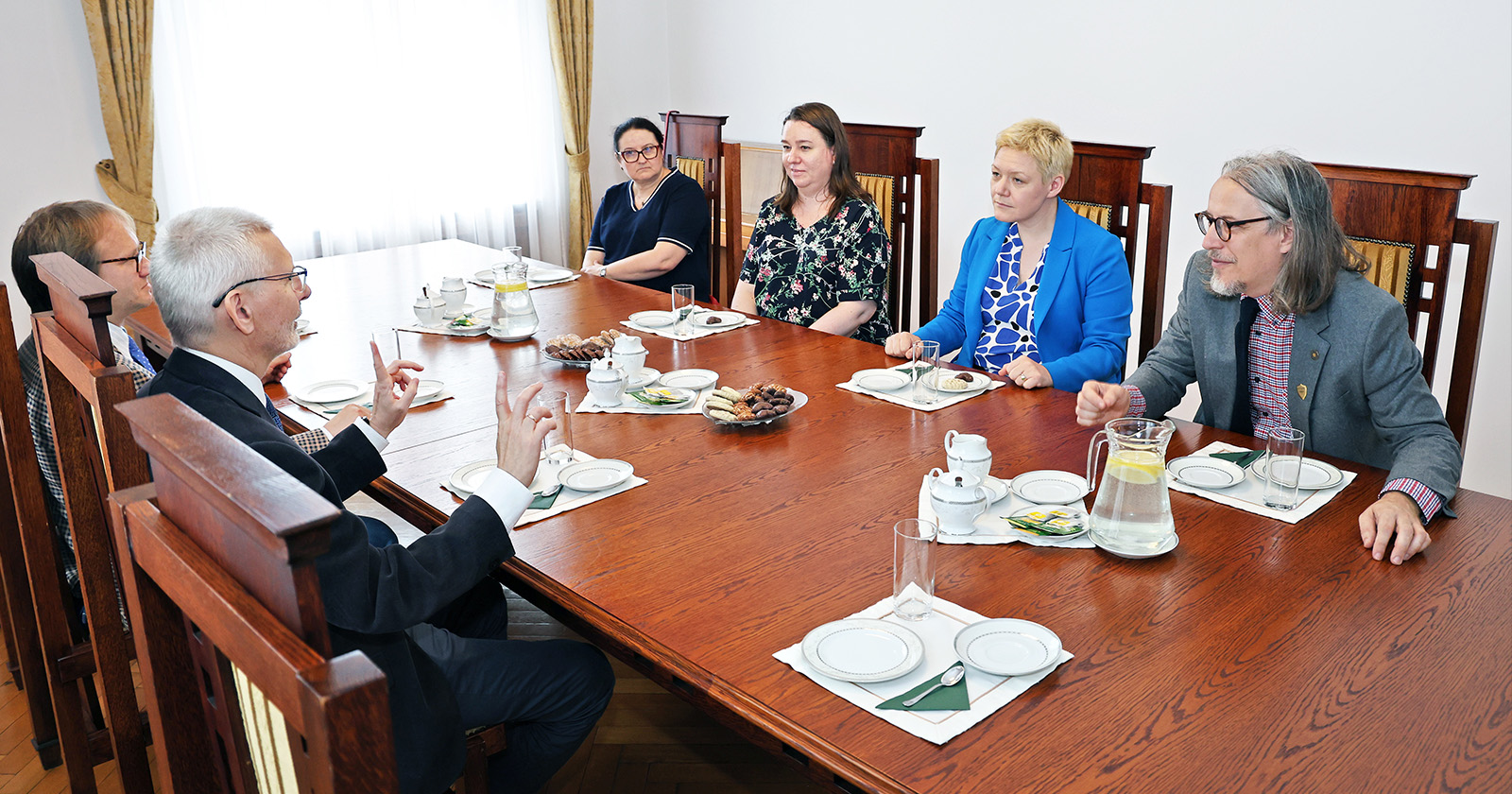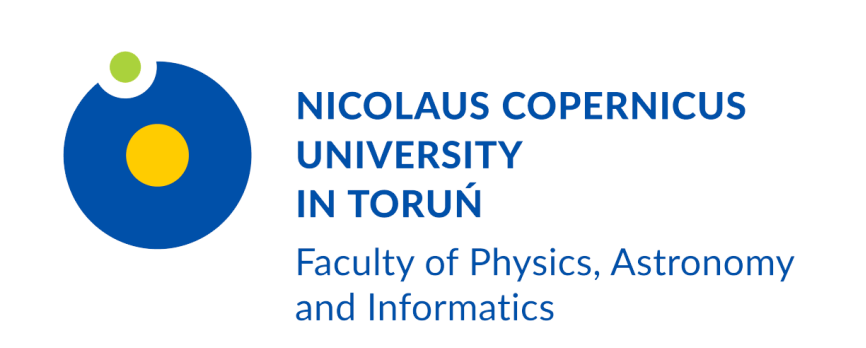![obrazek: During their visit, representatives of the British Embassy familiarized themselves with the research infrastructure of the Faculty of Physics, Astronomy and Informatics. They also met with the Vice-Rector for Science, Dr. Adam Kola, NCU Professor. [fot. Andrzej Romański] Six people stand in a semicircle in the historic interior of the Collegium Maximum building at Nicolaus](http://www.umk.pl/wiadomosci/serwisy_wp/zdjecia/42297/srednie.jpg)
A delegation from the British Embassy in Warsaw visited the Nicolaus Copernicus University in Toruń. Vice-Rector for Science dr habil. Adam Kola, NCU Prof. hosted Chargé d'affaires Jennifer Tyldesley, who was accompanied by Science & Technology Attaché Małgorzata Kiełmińska.
The embassy representatives visited the NCU on 4-5 August. During their visit, they visited Poland's largest radio telescope and the NCU Institute of Astronomy in Piwnice. Radio astronomy in Toruń has a long and fruitful tradition of cooperation with researchers from Great Britain, as evidenced, among other things, by the fact that Sir Martin Ryle received an honorary doctorate from the NCU even before he won the Nobel Prize. Recently, interest has been aroused by one of the latest achievements in the field of fast radio burst research and the world's first demonstration of the use of an optical atomic clock in VLBI (Very Long Baseline Interferometry) measurements.

Andrzej Romański
The next stop on the visit was the NIU Institute of Physics and the FAMO National Laboratory (KL FAMO). This is where optical quantum technologies for metrology and communication are developed. At KL FAMO, the operation of optical atomic clocks built as part of cooperation between the University of Warsaw, the Jagiellonian University and the Nicolaus Copernicus University in Toruń was demonstrated. These are the only devices of this type in Poland and also the most accurate measuring instruments in the country.
The meeting at the NCU Faculty of Physics, Astronomy and Informatics concluded with a presentation on satellite quantum communication, including the generation of entangled photon pairs and their transmission between telescopes, which enables quantum distribution of cryptographic keys over long distances.

 Piwnice k. Torunia, 87-148 Łysomice
Piwnice k. Torunia, 87-148 Łysomice